Home
Welcome to the Homepage of Joachim Goedhart
Research interest
All living creatures are composed of small (< 1 mm) entities, known as cells. During their life, cells undergo changes such as growth, differentiation and movement. These changes are steered by molecules in the extracellular environment. The translation of extracellular, chemical information into a cellular state change is a process known as signal transduction. Signal transduction is mediated by a diverse set of signaling molecules located inside the cell, i.e. enzymes, second messengers, lipids, scaffolds and transcription factors. It is increasingly recognised that spatial and temporal aspects of molecular interactions and activity are key for correct cellular responses.
Our research aims at understanding the spatial and temporal aspects of molecular activities that drive cellular processes.
We focus on signaling events initiated by a class of seven-transmembrane spanning receptors, the G-protein coupled receptor (GPCR) family. To examine the molecular events that occur during signal transduction, we engineer and employ genetically encoded fluorescent biosensors. These versatile tools enable quantitative, functional imaging of molecular interactions, protein activities or second messenger concentration in single living cells. The functional imaging studies will improve our understanding of how cells respond to their environment.
Highlights
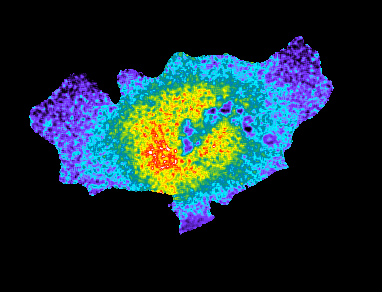
Our biosensors reveal waves of Rho GTPase activity in a human endothelial cell
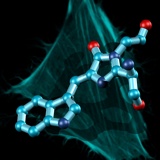
mTurquoise2 is the brightest cyan fluorescent protein with a QY of 93%
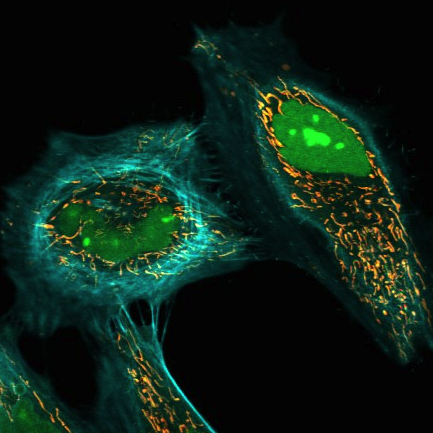
We have generated bright and robust cellular markers. They are reported in this preprint
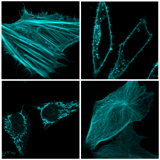
Our most popular plasmids are available at addgene
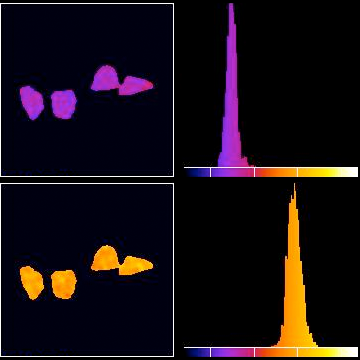
A new set of EPAC derived FRET biosensors for cAMP with improved properties is available
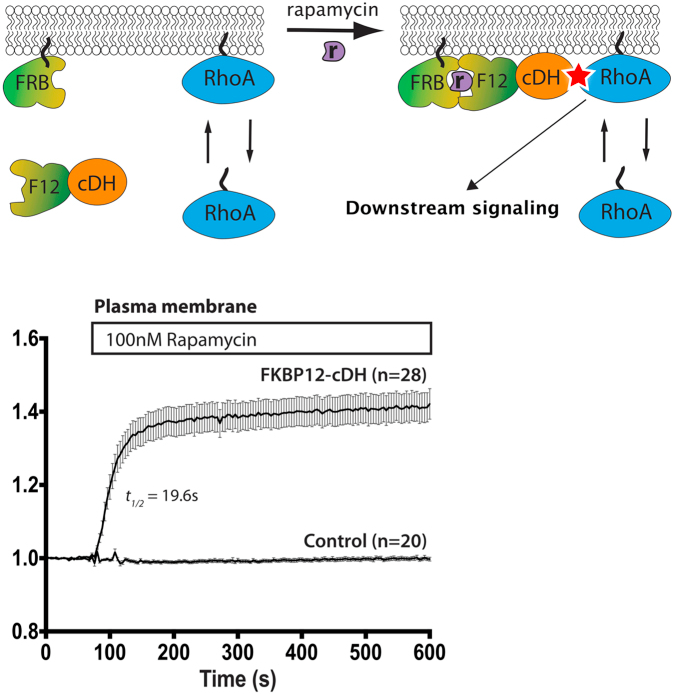
We have reviewed methods for the perturbation of Rho GTPase activity